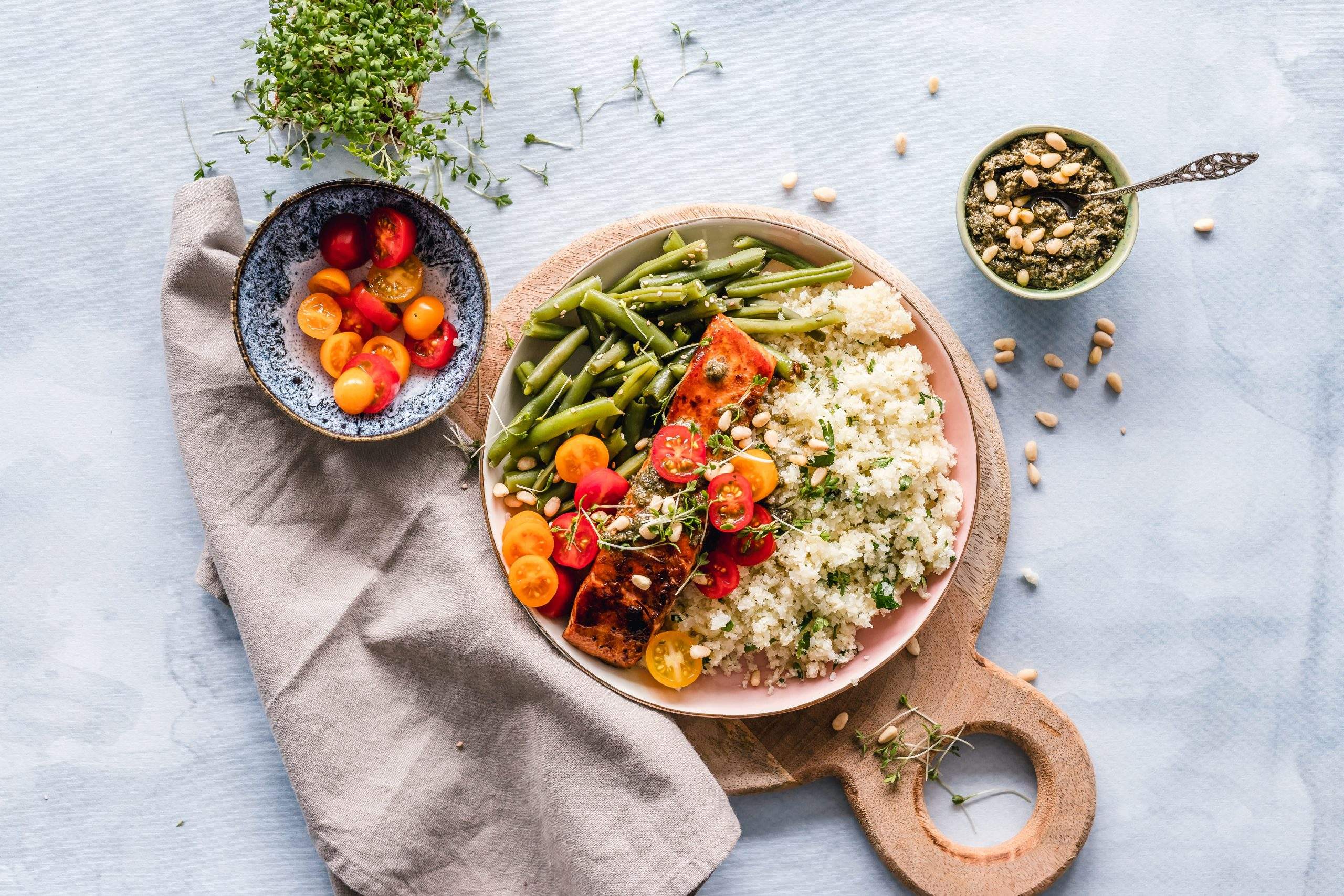Rich in proteins, quinoa first cropped up in the Anjou some 10 years ago. Since then, the region in northwestern France has become Europe’s largest producer of the cereal-like plant.
An FAO study showed that with a range of 11 to 17% protein, quinoa contains more than most cereals. What’s more, quinoa’s protein is of excellent quality. That makes French-grown quinoa a perfect ally for the government’s drive to encourage plant-based proteins everywhere in France, from farms to tables.
A decade or so ago, the Anjou became the French and European cradle of the pseudo-cereal, which is native to South America. By now, 375 farmers have planted a total of 7,500 acres (3,000 hectares) in quinoa, for a 2020 harvest of 4,000 tons (of which 20% is organic). The region is not only France’s most important production area for quinoa, but Europe’s as well. The Quinoa d’Anjou network now supplies about 25% of all the quinoa consumed in France.
The entire quinoa harvest is marketed by the Pays de la Loire Agricultural Cooperative, with the vast majority of it (90%) going to the food industry. The Quinoa d’Anjou brand’s Anjou-grown quinoa can also be found for sale directly to consumers in grocery stores, supermarkets and specialty shops.
– Encouraging Alternative Crops
In the late 1990s, consumer demand for quinoa became strong enough to justify investing in the creation of a European production network. The plant also contributed to crop diversification.
“In Anjou, as in the rest of France, farmers suffer from a lack of alternatives to wheat and corn, which deplete the soil over time,”
as a press release from the Quinoa d’Anjou network explains.
So quinoa appeared as an alternative solution that would allow farmers to rotate their crops and stabilize their income. Banded together in the Pays de la Loire Agricultural Cooperative, they decided to steer their cooperative towards rare and innovative crops. They chose ones with guaranteed outlets, allowing them to benefit from guidance for growth, help with storage, and guaranteed sales of their harvest. Several years of agronomical research and variety selection were needed to test quinoa’s resistance to bad weather, insects, and diseases, and to judge the quality of the grains.
More information about the agri-food industry in our news!
